In collaboration with Numéro art
This is not the kind of painting you can talk about – you have to experience it. As is abundantly demonstrated at the Fondation Louis Vuitton, Mark Rothko (1903–1970) produced an oeuvre so rich and moving it leaves you without words. From one artwork to the next, color grabs you and loses you in its meanders. Piled up on the canvas with their undefined lines, the horizontal ‘bands’ that made him famous as of the 1940s seize you with their vibration to the point where you think they are going to spill out of the frame. You feel as though you have been captured by infinite horizons and absorbed into imaginary seas with hallucinatory hues. Only the essence of these mental landscapes remains, one of light and contrasting color; an encounter that generates a continuous dialogue within each work. The discursive gives way to the sensorial; emotion triumphs.
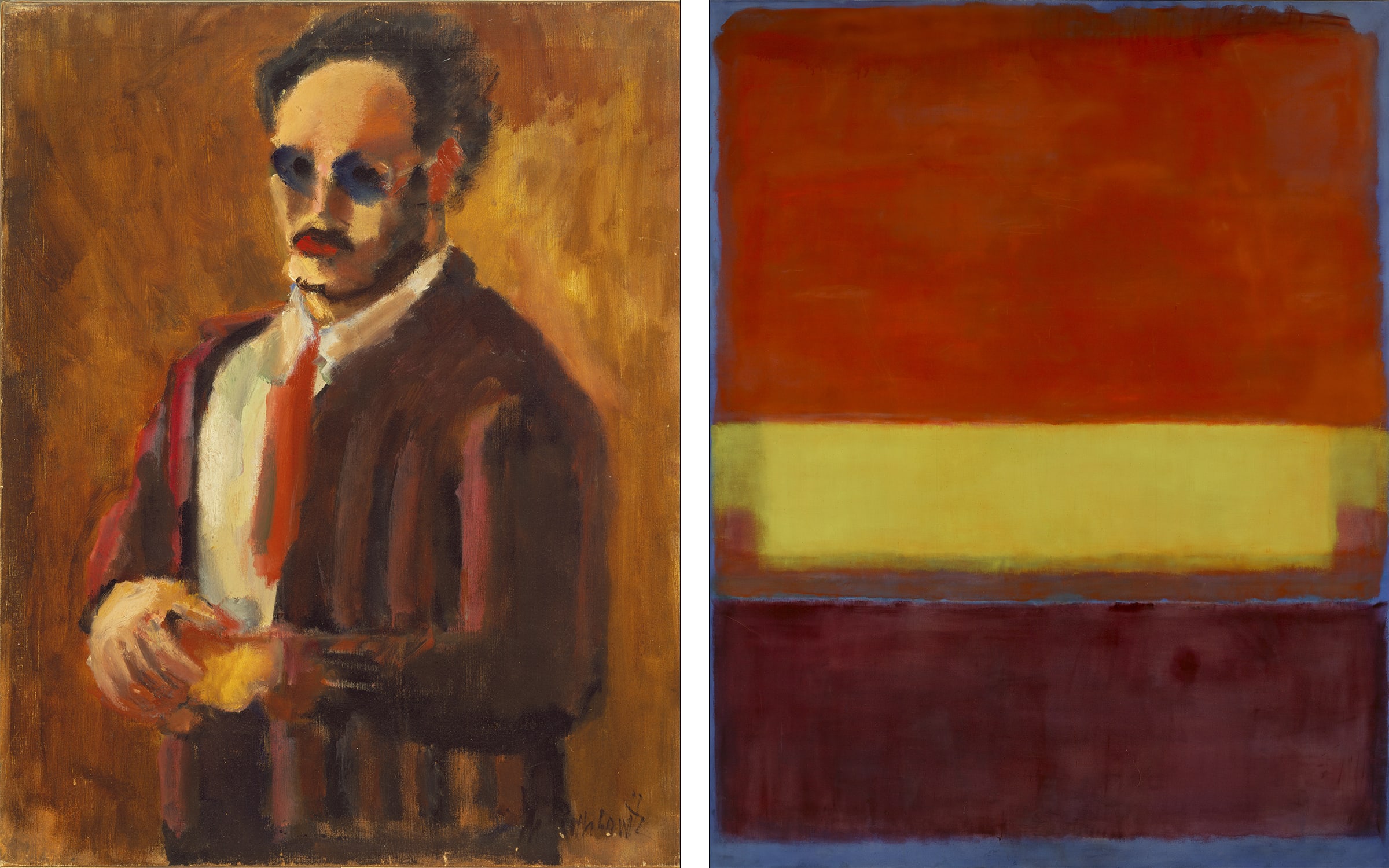
On view until April 2, 2024, the retrospective is both impressive and thought-provoking. Why, you wonder, did an artist so successful and popular elsewhere in the world have so little impact in France? The exhibition’s associate curator, Christopher Rothko – ‘guardian,’ as he likes to put it, of his father’s collection – has a few ideas. Reluctant to travel, Rothko senior visited Paris very rarely, maintaining a much stronger relationship with the UK, while his principal European dealer, Ernst Beyeler, concentrated on Germany and Switzerland.
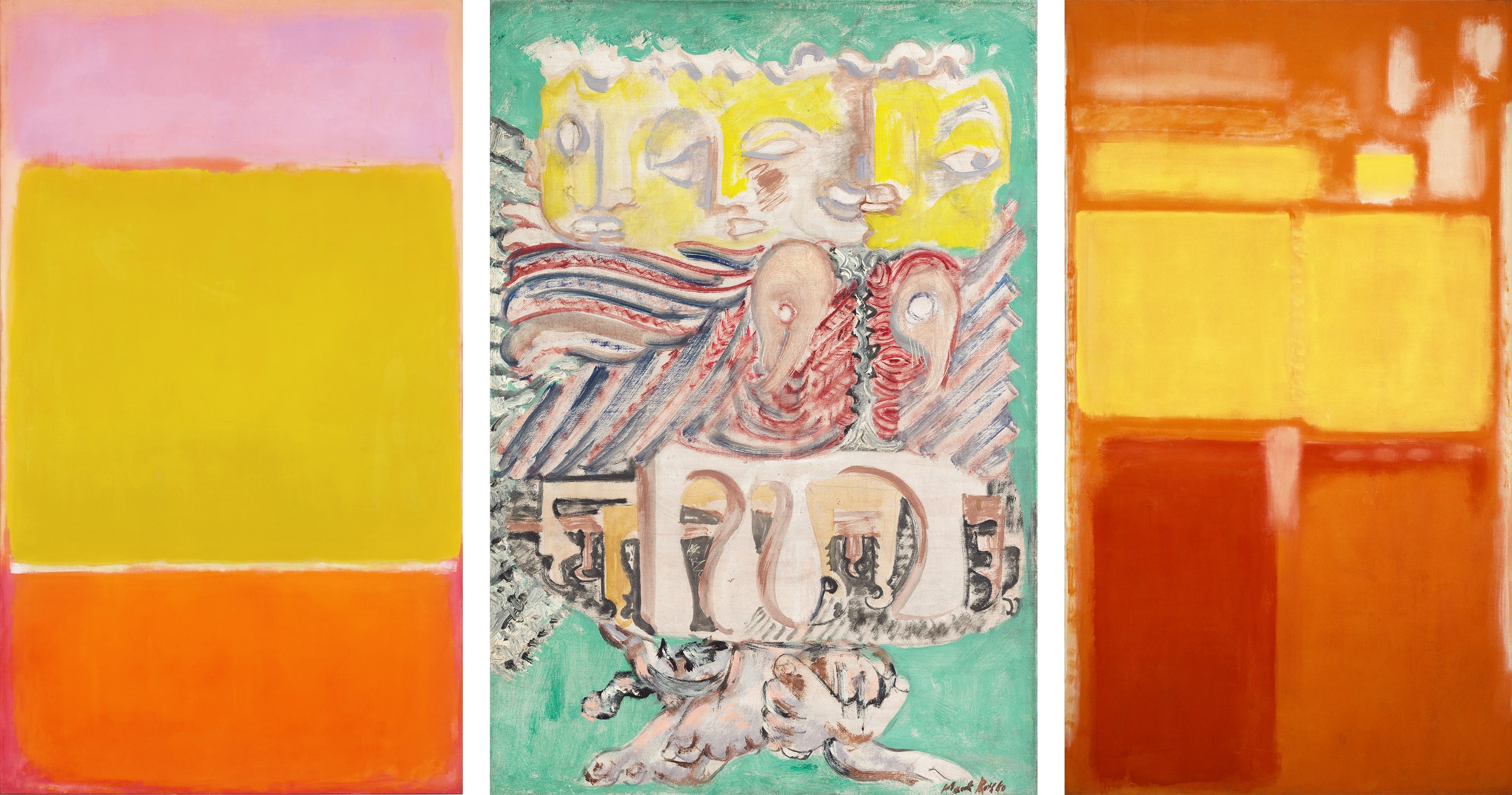
As a result, the Centre Pompidou’s enormous collection includes just two Rothkos. In 1999, the Musée d’Art Moderne de Paris sought to make up for this omission with a retrospective of the painter’s work. A quarter-century later, the curator of the 1999 show, Suzanne Pagé, has returned to Rothko to curate the Fondation Louis Vuitton show. ‘This new exhibition is really what we all need right now,’ she enthuses. ‘It brings us the possibility of transcendence.’ That possibility is augmented by the colossal size of the show: 115 works, many of which have never been seen in France, 30 of them from the Rothko family collection. Visitors can therefore fully appreciate the development of the painter’s oeuvre over four decades.
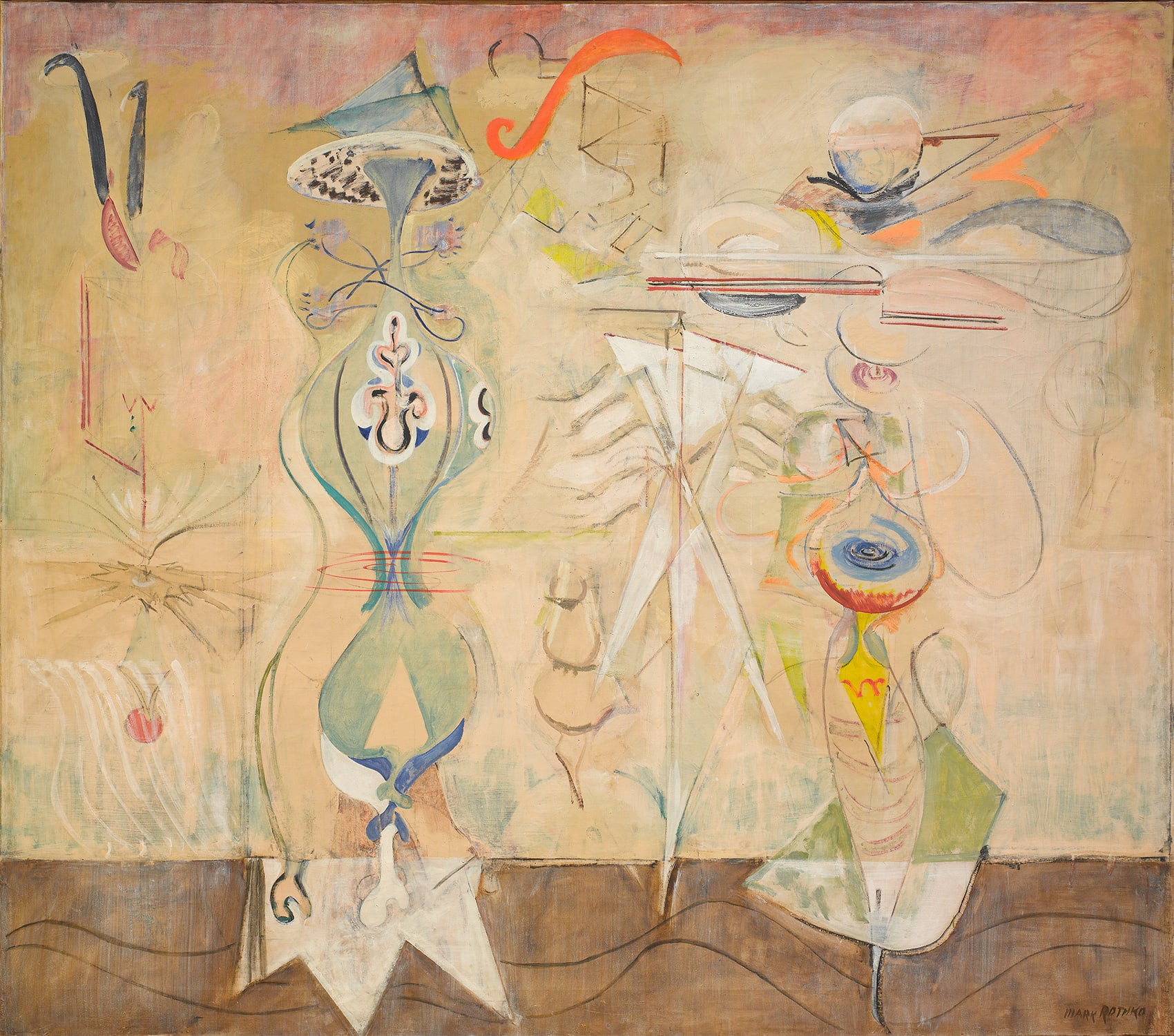
The Fondation has succeeded in the demanding exercise of a retrospective; not only getting across the complexity of a body of work but also confounding clichés and prejudices. To the contemporaries who called him a ‘colorist,’ Rothko replied that he was looking for the light; for those today who think of him as an exclusively abstract artist, the exhibition showcases many of his figurative canvases of the 1930s and 1940s (sometimes described as neo-Surrealist) which he painted before the period that saw him labelled an Abstract Expressionist, a term he considered too ‘alienating.’ If you imagined the artist as a serene, radiant figure, you will find the portrait of a solitary man, marked by the violence of the pogroms that saw his family flee his native Russia. ‘Rothko constantly sought to convey the human condition through the fundamental emotions: tragedy, death, ecstasy,’ says Pagé. ‘His art expresses an obsession with mortality.’
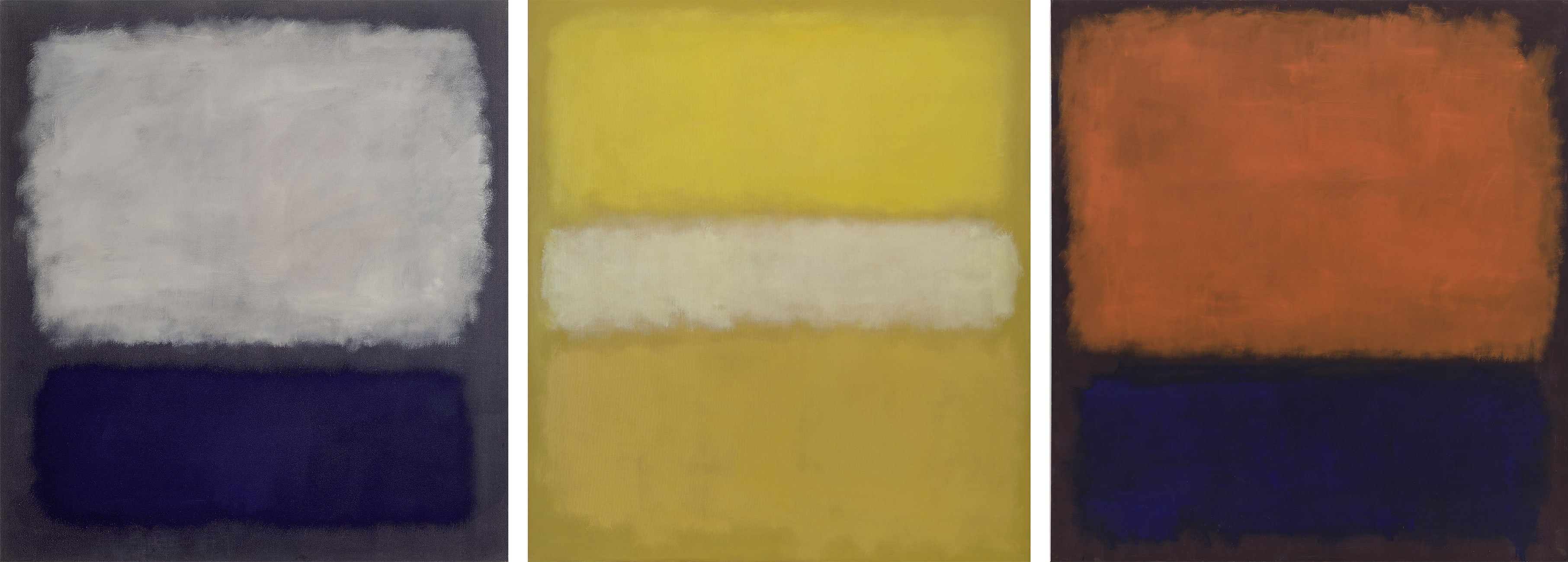
From his early paintings of everyday New York subway scenes, to his two-tone ‘Black on Gray’ series (1969-1970), the Fondation Louis Vuitton exhibition reveals the trajectory of a man in a constant search of the absolute. While Rothko's formats grow larger with each painting, his layers of paint get thinner, and his colors darker. His son has ensured that the selection presented prevents Rothko's work from being read through the prism of his suicide in 1970. ‘I made a point of showing how much his final works are overflowing with light and color,’ explains Rothko junior, ‘his “Black and Gray” paintings are far richer and more alive than people think.’ Achieving this intensity required great precision during the hang. In keeping with rules set down by the artist at the end of his life, the museum’s team painted the walls in a discreet off-white and used soft lighting to ensure an intimate relationship with each work. ‘Rothko’s painting is one of great fragility that mustn’t be drowned in light,’ explains Pagé. ‘The less his canvases are lit, the more their colors come out.’
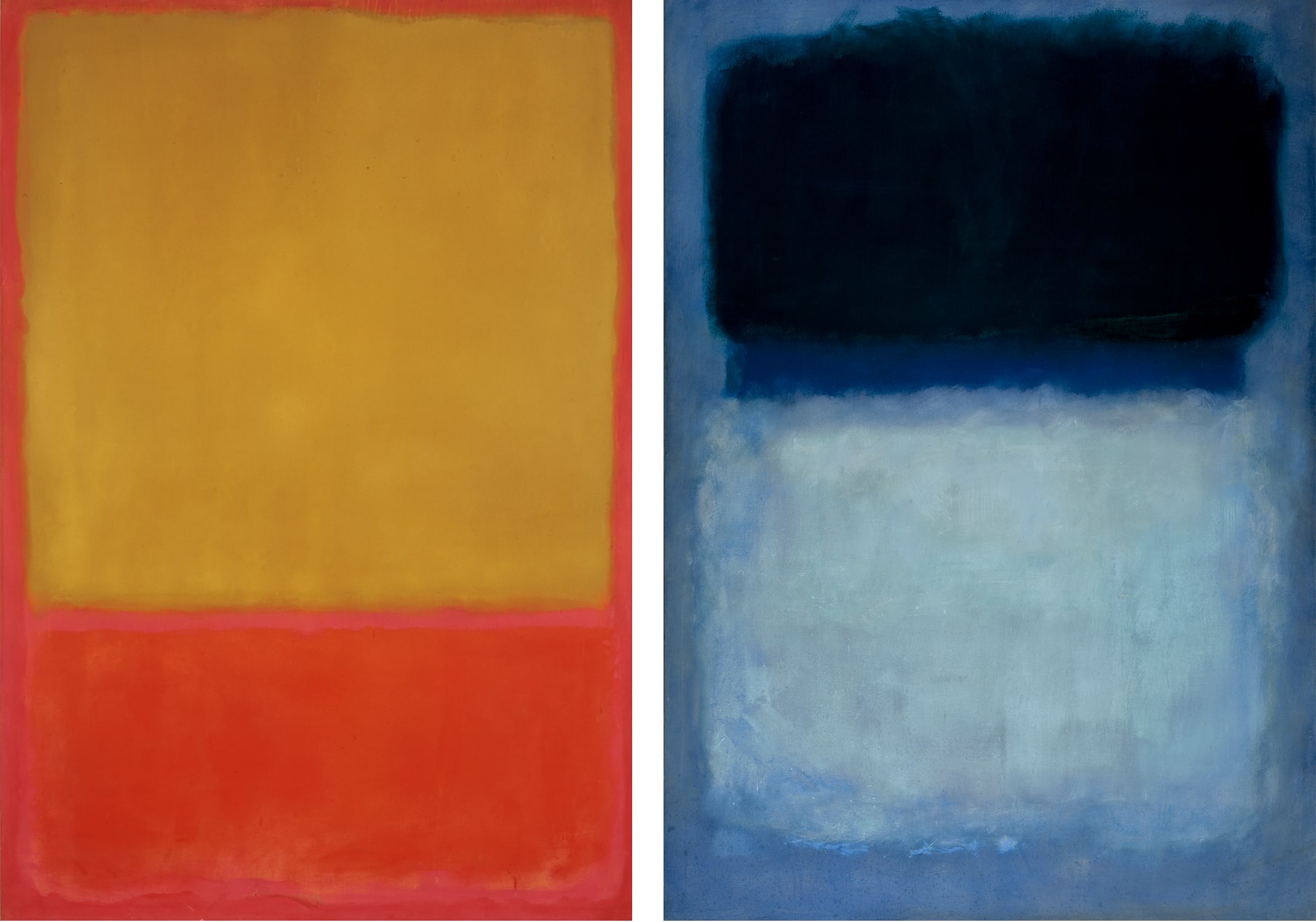
The exhibition’s showstopper is the reproduction of the Tate’s ‘Seagram Murals’ room; a hang that the London museum commissioned directly from the artist. Shown in Paris exactly as Rothko specified, the nine canvases envelop the viewer in their purple hues, inviting us into a moment of contemplation and ‘immersion’ (a hackneyed term in today’s art world that regains all of its original meaning here). To round off the unique experience of a melodious oeuvre, the German-born British composer and Rothko admirer Max Richter has set three of the galleries to music.
This article is part of an ongoing editorial collaboration with Numéro art. Read the original article here.
English translation: Numéro art.
Fondation Louis Vuitton
8 Avenue du Mahatma Gandhi
75116 Paris
Exhibition on view from October 18, 2023 to April 02, 2024.
Caption for full-bleed image: Mark Rothko, No. 21 (detail), 1949. © 1998 Kate Rothko Prizel & Christopher Rothko - Adagp, Paris, 2023.